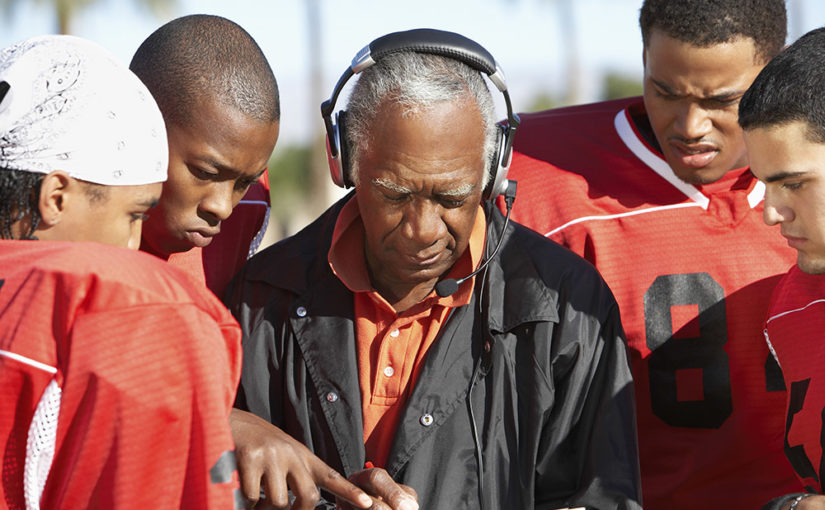The subtle art of coaching both men’s and women’s sports
As a former coach of many years to both men’s and women’s intercollegiate teams, I have been asked numerous times to compare the diverse experiences. My answer is usually similar each time, which is that there are both parallels and contrasts between the two. There are also many false perceptions regarding coaching different genders. Below are a few of the main points from a male perspective when working with these distinctly separate teams.
Building trust is essential regardless of which type of team one is coaching. It is very difficult for a coach to build a successful squad without developing mutual respect. Trust encompasses both relationships with the coach as well as the connection between team players.
 This faith has to be earned by the coach and player. It is also something that doesn’t come overnight. When players know that their coach can be depended on, then a positive alliance can more easily be formed.
This faith has to be earned by the coach and player. It is also something that doesn’t come overnight. When players know that their coach can be depended on, then a positive alliance can more easily be formed.
I always thought, as a male coach, that when leading my women’s teams, I had to devote more time to helping them feel comfortable with me. There usually was more of a barrier in place at the beginning. This is why a coach, being the mentor, should initiate conversations with players. Getting to know the women players and understanding their backgrounds always played a significant role in productive team building.
Establishing a positive culture is also paramount to the success of any team. Both men’s and women’s squads need to know what the professed values are, and this emanates from the coach.
A strong culture also means that a coach may have to adjust certain guidelines and objectives depending on the gender of the group. All teams have different needs, which should be understood, and even certain benchmarks might have to be modified. This is fine, as long as the basic values of the team are intact. It is up to the coach to clearly state the team’s expected standards and the consequences if they are not upheld.
Geno Auriemma, the famed women’s coach at the University of Connecticut, believes it is imperative to have the right culture on his teams. He famously stated,” On our team, we place a huge premium on body language. And if your body language is bad, you will never get in the game. Ever.” This is an example of the values Auriemma expects from his team, which could apply to any sport or gender.
Competition and motivation are areas where there is a somewhat widespread belief that women are more emotional than men on the court or field. This implies a certain weakness. In all my years of coaching both genders, I have found this to be a myth. Many of the women I have coached have been fierce competitors, showing as much mental toughness as any of the men.
The only difference is that when I would talk to the women before or during a match, I might be more careful with my tone and words, as opposed to their male counterparts. A coach has to know the makeup of his team and decide what the appropriate messaging should be.
Motivating men’s and women’s sports teams is often quite dissimilar. With the men’s teams I coached, I would often be direct and to the point. With my women’s teams, I would take more time to explain why I am asking them to do something. While I encouraged feedback from both teams, perhaps with the women, I would actively seek it out.
I have always felt that there is a line that should never be crossed with a player on your team. With women, that boundary should especially be respected. Even with the fact that motivating players will differ from one sport to another, and a boundary might have to be occasionally shifted, the coach still must respect that divide. For example, while motivating women players on soccer and tennis teams can be vastly different, there still needs to be parameters that are not crossed.
Effective off-court communication is another crucial element in any successful team, but it can vary depending on which gender one is coaching. The male coach, as leader of the team, should be approachable and supportive of all players, and possibly even more so with the women members. This will have a positive effect on performance because of the insights gained.
Being that the locker rooms are separated, and topics of conversation may be limited, the connection may suffer. The coach has to work harder to form that bond, which is essential to winning teams. This is why many coaches organize team-building activities or outings outside of practices and games.
Having a woman on staff as a coach will usually help with off-the-field relationships. This assistant can work as a liaison between the coach and the team. Team members often will feel more comfortable talking to the female coach. She will also provide input to the head coach that he might not have received previously.
» ALSO SEE: Give your indoor sports floors a preseason tune-up
Oftentimes times a coach has to adjust his coaching methods depending on circumstances. For a few years, on my collegiate women’s team, I had a very unusual situation with numerous players over the age of forty. These women were full-time students with families, plus they worked part-time. My off-court relationship with them was one of mutual respect, and I made sure to treat them with the proper reverence they deserved.
Therefore, after many years of coaching separate gender teams, my conclusion is very straightforward. Even though there are subtle differences, coaches still need to lead with a set of core standards such as trust, consideration, and support with men’s and women’s teams. If a coach leads with these principles at the forefront, he or she cannot go wrong.





